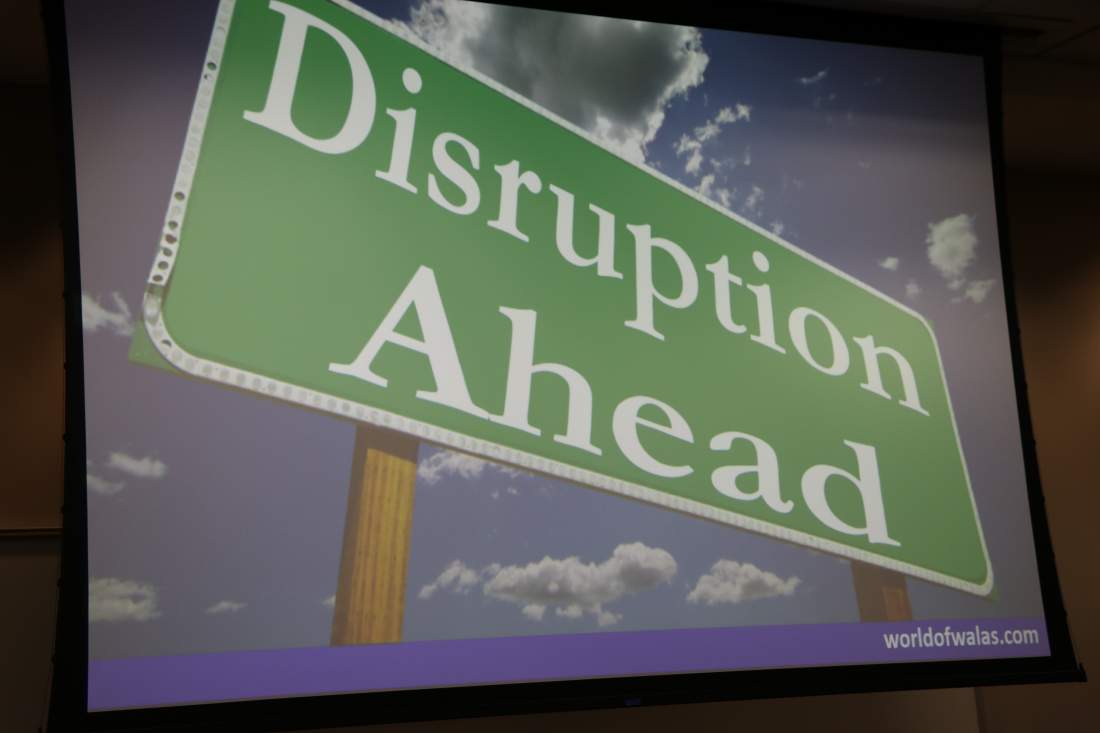By Cyan Zhong
Medill Reports
Though still an industrial metropolis, Chicago is actively becoming a clean energy innovation hub for microgrids, electric cars and next generation battery research.
But the startup momentum in the energy sector isn’t matched with enough venture capital enthusiasm.
“There are great founders working hard on great new inventions and new technologies, and there’s simply a lack of capital here,” said Ben Gaddy, chief technology officer at Clean Energy Trust, a not-for-profit providing venture capital for early-stage cleantech startups in the Midwest.
Traditional VCs prefer capital-light software or social media companies with short-term tangible growth, instead of clean energy innovations that take longer to commercialize, Gaddy said.
“Basic science, technologies, innovations within material science that would lead to things like new battery chemistries, new LED lights or new biofuels, new plastics…Things like that take a lot longer,” Gaddy said.
His organization hopes to fill that gap by providing seed money to cleantech startups with longer incubation time, usually in amounts of $100,000 to $300,000, to help them transition from lab to market, Gaddy said. Since CET started investing in 2014, it sifted through six cycles, hundreds of applications and funded 27 startups in total, deploying about $1 million per year.
While CET operates like any venture capital fund, as a non-profit it raises money from charitable contributions, corporate sponsorships or other donations, and invest through an “evergreen revolving fund” that redeploys financial returns from previous companies, Gaddy said.
CET accepts any venture with a positive environmental impact, from advanced materials and energy storage to building efficiency and mobility, as long as the company has a feasible business model, according to the website.
“We think that the only way to build an environmentally impactful company is to build a successful business,” Gaddy said. “We have to see that there is a financial motivation for the customers to adopt this product.”
CET funded many startups that use digital technologies to change the way people manage and use energy, Gaddy said, but more fundamental breakthrough technologies are needed. They look to the Midwest because of the high concentration of top research universities, labs, and Fortune 500 headquarters here.
Chicago, a major city with intellectual capacity and transportation expertise, is especially well positioned to spearhead these kinds of innovations, said George Crabtree, senior scientist at Argonne National Laboratory and distinguished professor of physics at the University of Illinois at Chicago.
As director of Argonne’s Joint Center for Energy Storage Research (JCESR), Crabtree is working on the next-generation battery to replace lithium ion, the mechanism for batteries that power personal electronics and electric vehicles today. It doesn’t charge fast enough, and its lifetime is half that of electric cars, Crabtree said.
“We would like to find the batteries which are going to be as transformative for the grid and for the car,” Crabtree said. “And even for electric flight.” At the electric grid level, batteries would mean the ability to store wind and solar energy to scale up collection and usage.
JCESR made four prototypes in the last five years and spun out three startups, one of which is commercializing one of those prototypes. The center is also seeding startups, Crabtree said.
“Since it’s research, you never know which ones are really going to take hold and which ones may turn out to be second best, but I think that’s the game,” Crabtree said. “You have to put your oar in the water.”
To date, CET’s portfolio has had a 10 percent return, but Gaddy said the organization is confident the number is going to keep increasing over time.
“There’s a pathway to success – it can be a long pathway, but it’s not all-or-nothing,” Gaddy said. “You’re betting on strong fundamentals of technology. You’re betting on intelligent go-to market strategies.”
He advises future startup founders to focus on identifying problems that really matter and finding customers that “have their hair on fire and need a solution ASAP.” In the long run, the energy industry needs more success stories to show people that it can be done, he said.
“Over the last 10 years, those companies have been quietly growing, quietly succeeding, but you know, it’s not a Facebook or an Instagram that everybody uses on a daily basis and you can kind of tangibly see,” Gaddy said.


